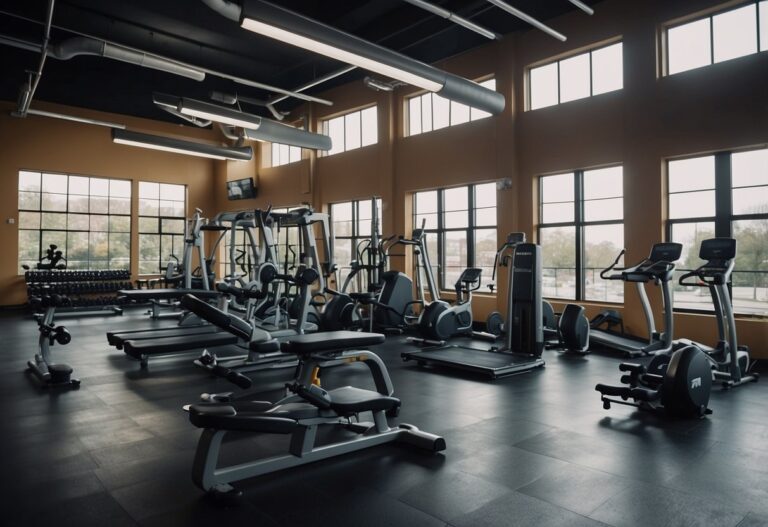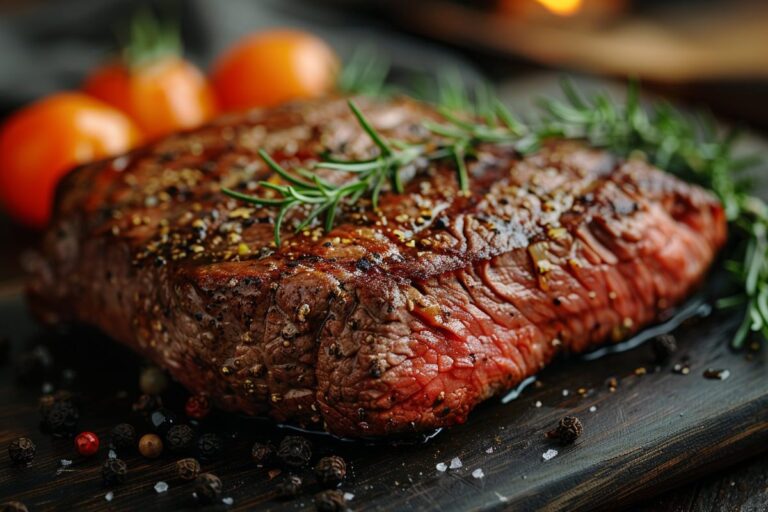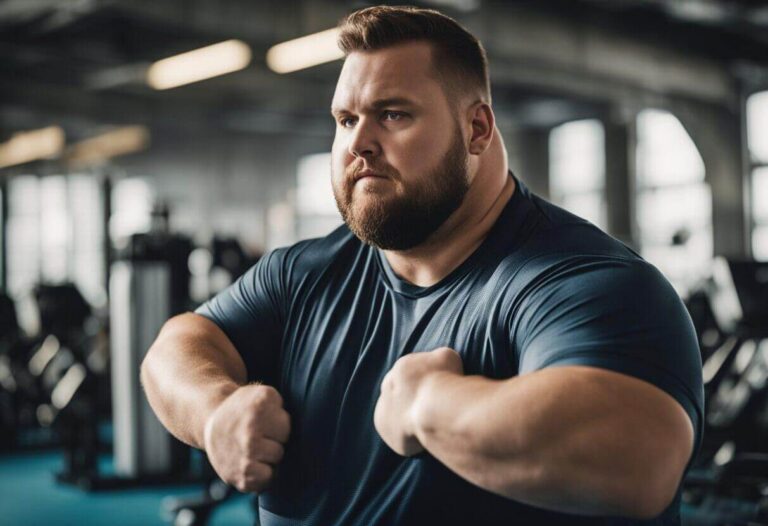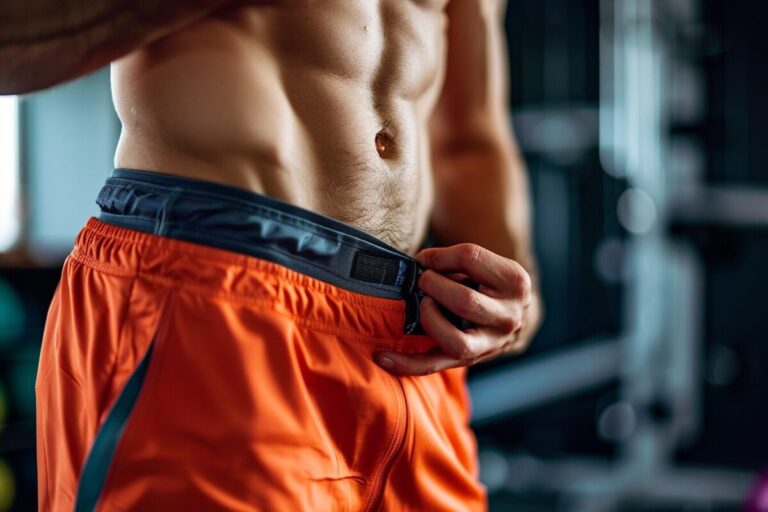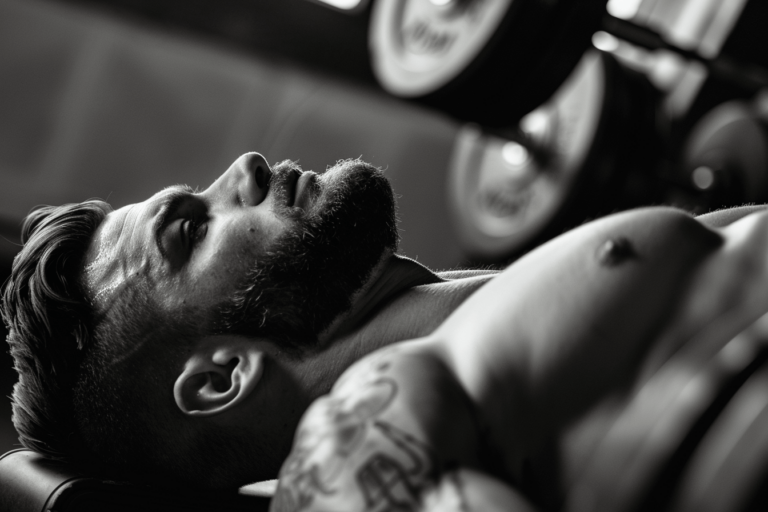So, you want to get ripped, huh? Well, you don’t necessarily need those heavy-duty barbells or fancy gym equipment to achieve your fitness goals. In fact, with just a pair of 10kg dumbbells, you can make significant progress towards getting that shredded physique you’ve always dreamed of.
Let’s take a closer look at the concept of “getting ripped” and how these seemingly lightweight dumbbells can help you achieve that.
Understanding the Concept of ‘Getting Ripped’
Before we delve into the potential of 10kg dumbbells, let’s first define what it means to “get ripped.” Essentially, it refers to achieving a low body fat percentage while maintaining a high level of muscularity. It’s the epitome of a lean and chiseled physique, where every muscle fiber is visible.
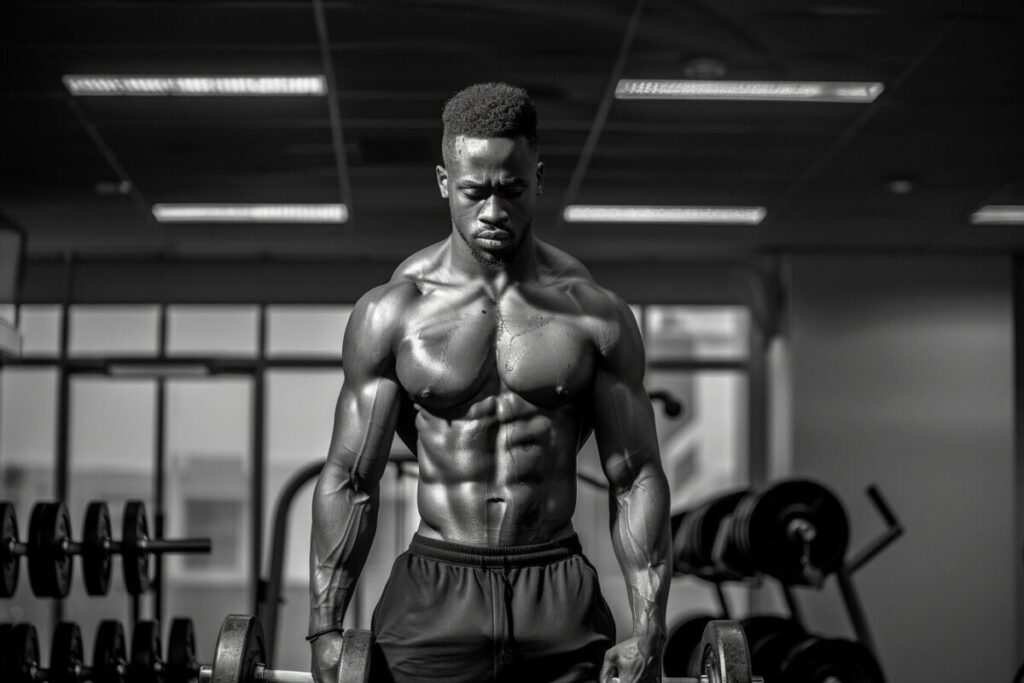
Getting ripped is not just about having a muscular body, but also about having a defined and sculpted physique. It requires a combination of intense workouts, proper nutrition, and dedication to reach this level of fitness.
Defining Muscle Hypertrophy
To understand how getting ripped works, it’s important to grasp the concept of muscle hypertrophy. This term refers to the increase in muscle size, which occurs when you subject your muscles to stress or resistance that exceeds their normal capacity.
This stress causes microscopic damage to the muscle fibers, which prompts your body to repair and rebuild them, resulting in larger and stronger muscles.
Muscle hypertrophy is a complex process that involves various physiological mechanisms. When you lift weights or perform resistance exercises, you create tension in your muscles, causing them to adapt and grow.
This adaptation occurs through a process called protein synthesis, where your body synthesizes new proteins to repair and strengthen the damaged muscle fibers.
There are two types of muscle hypertrophy: myofibrillar hypertrophy and sarcoplasmic hypertrophy. Myofibrillar hypertrophy refers to an increase in the size and number of myofibrils, the contractile units of muscle fibers.
This type of hypertrophy is associated with strength gains and increased muscle density. On the other hand, sarcoplasmic hypertrophy involves an increase in the fluid and energy stores within the muscle cells, resulting in a larger muscle size without significant strength gains.
The Role of Nutrition in Muscle Development
Now, let’s talk about the fuel that powers your muscles – nutrition. To build and maintain your muscle mass, you need to consume a balanced diet that provides your body with the necessary nutrients.
Protein, in particular, plays a crucial role in muscle repair and growth. Aim to include lean sources of protein such as chicken, fish, tofu, and legumes in your meals.
In addition to protein, carbohydrates and fats are also essential for muscle development. Carbohydrates provide the energy needed for intense workouts and help replenish glycogen stores in the muscles.
Opt for complex carbohydrates like whole grains, fruits, and vegetables, which provide a steady release of energy throughout the day.
Fats, although often demonized, are important for hormone production and overall health. Include healthy fats from sources like avocados, nuts, and olive oil in your diet to support muscle growth and recovery.
Furthermore, hydration is key for optimal muscle function. Water helps transport nutrients to your muscles and aids in the removal of waste products.
Make sure to drink enough water throughout the day, especially during and after workouts.
Lastly, timing your meals and snacks strategically can also enhance muscle development. Consuming a combination of protein and carbohydrates within the post-workout window can promote muscle repair and glycogen replenishment.
Additionally, spreading your protein intake evenly throughout the day can maximize muscle protein synthesis.
The Science Behind Weight Lifting

Weight lifting is a tried and true method for achieving muscle hypertrophy and getting ripped. It works by challenging your muscles with progressively heavier loads, which forces them to adapt and grow stronger.
But how does weight lifting actually affect your muscles?
When you lift weights, your muscles undergo a process known as mechanical tension. This tension causes micro-tears in the muscle fibers, triggering the repair and growth process we mentioned earlier.
But what exactly happens during this repair and growth process?
After weight lifting, your body initiates a series of complex biological responses. First, inflammatory cells rush to the damaged muscle fibers to remove debris and initiate the healing process.
This inflammation is a natural response and is necessary for muscle repair. As the inflammation subsides, satellite cells, which are specialized muscle stem cells, activate and fuse with the damaged muscle fibers.
This fusion allows for the repair and growth of the muscle fibers, leading to increased muscle size and strength.
How Does Weight Lifting Affect Your Muscles?
Now that we understand the repair and growth process, let’s dive deeper into how weight lifting affects your muscles.
When you lift weights, you primarily target your type II muscle fibers, also known as fast-twitch muscle fibers. These fibers are responsible for generating high levels of force and are crucial for activities that require explosive power, such as sprinting or jumping.
Weight lifting stimulates these type II muscle fibers to adapt and grow in size. As you progressively increase the weight and intensity of your workouts, you recruit more muscle fibers and activate a greater number of motor units.
This increased recruitment and activation lead to greater muscle fiber hypertrophy, resulting in increased strength and muscle mass.
Furthermore, weight lifting not only affects the size of your muscles but also their composition. Regular weight lifting can increase the number and density of mitochondria in your muscle cells.
Mitochondria are the powerhouses of the cell and are responsible for producing energy. By increasing the number and density of mitochondria, weight lifting enhances your muscles’ ability to generate energy, leading to improved endurance and performance.
The Importance of Progressive Overload
To maximize your muscle growth, you need to embrace the principle of progressive overload. This involves gradually increasing the weight, repetitions, or volume of your exercises over time.
By progressively challenging your muscles, you keep them guessing and ensure continued growth and development.
Progressive overload stimulates your muscles to adapt and become stronger. When you consistently challenge your muscles with heavier loads or increased volume, you create a stimulus for growth.
This stimulus prompts your body to make physiological adaptations, such as increasing muscle fiber size, improving neuromuscular coordination, and enhancing muscle protein synthesis.
Make sure to implement progressive overload gradually and with proper form to minimize the risk of injury. It’s always advisable to work with a qualified fitness professional who can guide you through the process and ensure you’re progressing safely and effectively.

The Potential of 10kg Dumbbells
Now let’s get to the heart of the matter – the potential of those 10kg dumbbells you have sitting in your home gym. While they may seem light compared to those bulky weights you see at the gym, they can still be an effective tool for getting ripped.
The Versatility of Dumbbell Exercises
One of the great things about dumbbells is their versatility. With just a pair of 10kg dumbbells, you can perform a wide range of exercises that target different muscle groups.
From bicep curls to shoulder presses and lunges to deadlifts, the possibilities are nearly endless. Plus, dumbbells allow for greater freedom of movement, activating more stabilizer muscles and promoting better overall strength. So don’t underestimate the power of these seemingly modest weights.
Limitations and Benefits of 10kg Dumbbells
Of course, it’s important to acknowledge the limitations of 10kg dumbbells. They may not provide enough resistance for advanced lifters or those looking to build exceptional strength.
However, for individuals who are starting their fitness journey or aiming for a lean and toned physique, these dumbbells can be a game-changer. They allow you to focus on perfecting your form, increasing your rep ranges, and achieving that coveted muscle pump without risking injury.
Designing a Workout Plan with 10kg Dumbbells
Now that you understand the potential of 10kg dumbbells, let’s discuss how you can design an effective workout plan to get ripped. We’ll break it down into key exercises for the upper body and lower body.
Key Exercises for Upper Body
For your upper body, incorporate exercises like dumbbell bench press, shoulder press, bent-over rows, bicep curls, and tricep extensions.
Aim for a combination of compound movements that target multiple muscle groups and isolation exercises that focus on specific muscles. Remember to include variations and progressions to continuously challenge yourself.
Key Exercises for Lower Body
When it comes to your lower body, exercises such as goblet squats, lunges, Romanian deadlifts, calf raises, and glute bridges are your go-to moves.
These exercises engage your quads, hamstrings, glutes, and calves, helping you build strength and achieve that sculpted lower body you desire. Don’t forget to focus on your form and include unilateral exercises to address any muscle imbalances.
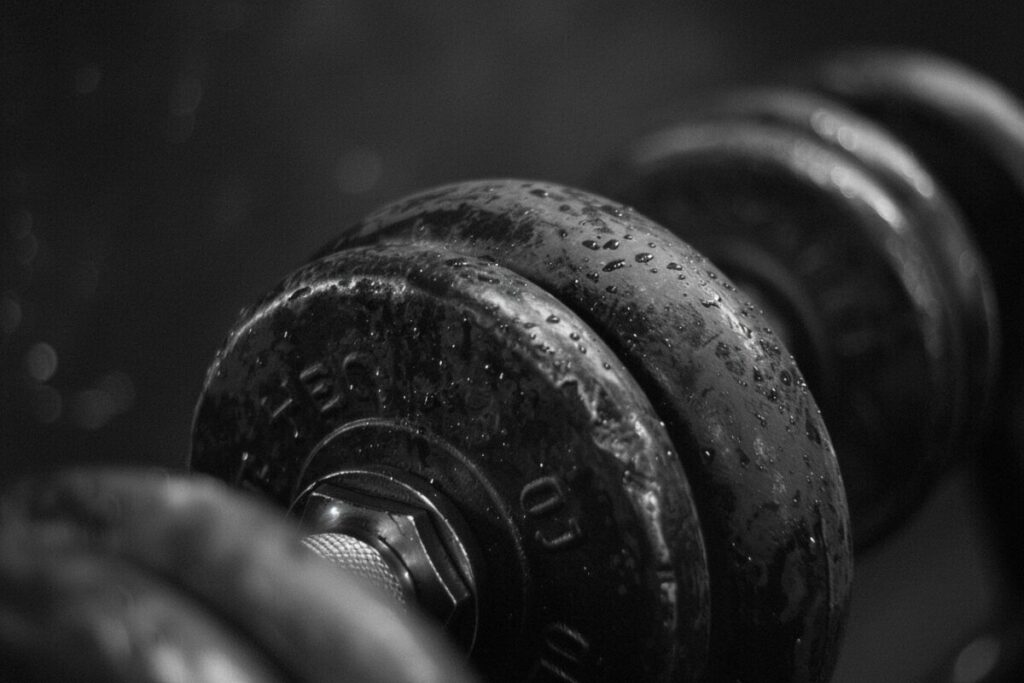
Supplementing Your Dumbbell Workouts
Incorporating Cardio into Your Routine
To optimize your results and accelerate your progress, it’s important to supplement your dumbbell workouts with other components of fitness.
Cardiovascular exercise is essential for overall health and can assist in shedding excess body fat, allowing your muscles to shine through.
Incorporate activities like running, cycling, swimming, or high-intensity interval training (HIIT) into your routine. Aim for at least 150 minutes of moderate-intensity cardio or 75 minutes of vigorous-intensity cardio each week to complement your strength training efforts.
The Role of Rest and Recovery
Finally, don’t overlook the importance of rest and recovery.
Muscles need time to repair and grow, so make sure to schedule rest days into your training plan.
Additionally, prioritize sleep, as this is when your body releases growth hormones and repairs damaged tissues.
Aim for 7-9 hours of quality sleep each night to support your muscle-building efforts.
So there you have it – getting ripped with 10kg dumbbells is not only possible but quite achievable.
Remember to focus on progressive overload, have a well-rounded workout plan, and support your efforts with proper nutrition, cardio, and rest.
With dedication and consistency, you’ll be well on your way to that shredded physique you’ve always wanted.
So grab those dumbbells, get to work, and let’s see what you can achieve!


